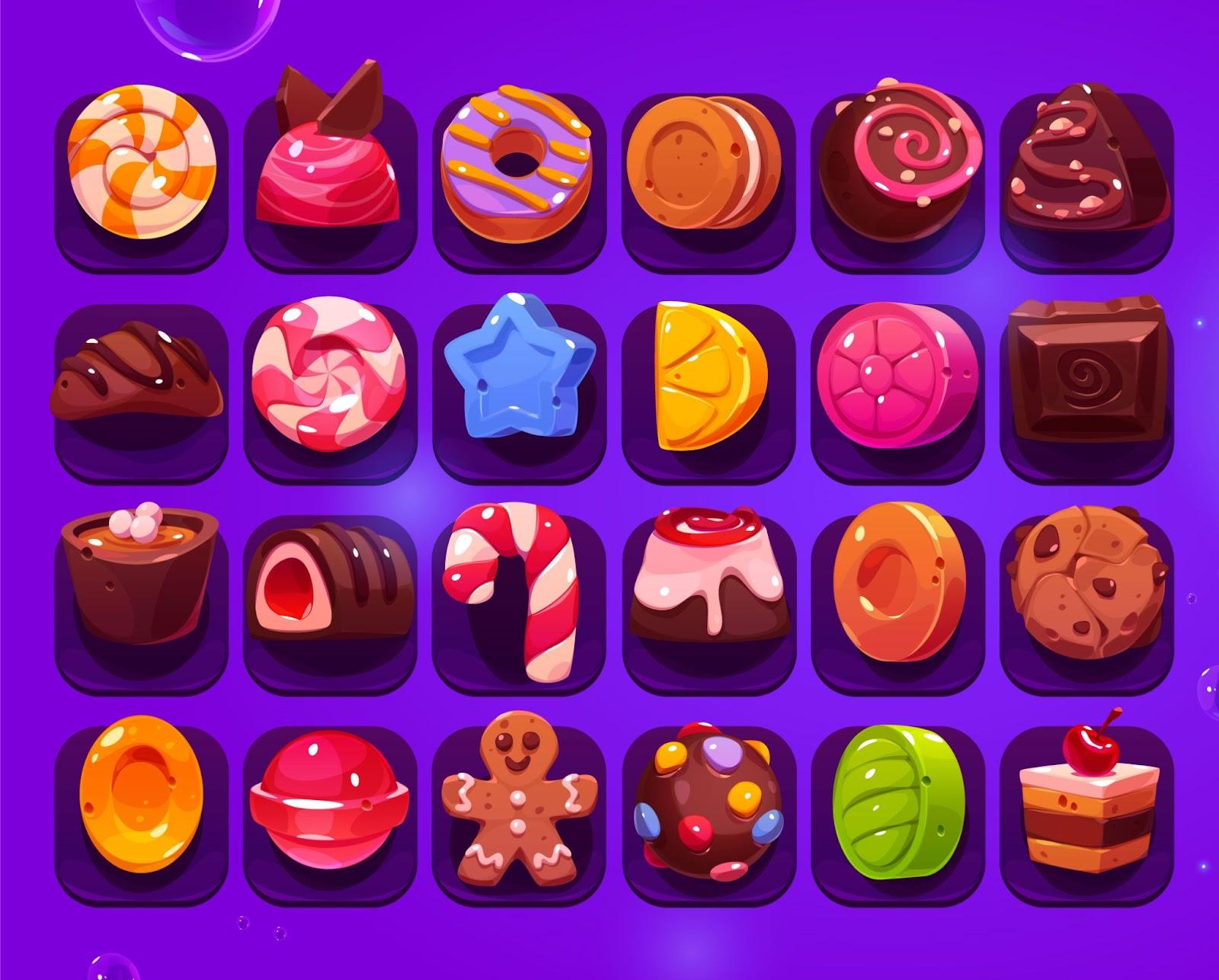
Hooked on Candy: Inside the Psychology Behind Candy Crush Saga
When Candy Crush first appeared in 2012, no one could have predicted how addictive it would be. Even after a decade, we still swipe those delicious candies with the same enthusiasm despite the lack of groundbreaking graphics.
Candy Crush’s widespread popularity since its launch isn’t just due to its cleverly crafted gameplay. Its foundations are found in psychology. Let’s examine the mechanics and some figures to comprehend this.
How popular is Candy Crush today?
As of 2022, it still ranked in the top 10 most downloaded mobile games in the U.S., clinging to around 64 million monthly active users. Compare that to the leading console game Fortnite, which averages around 15 million monthly players today after peaking higher in earlier years. Even gaming services like Steam host less than 30 million monthly active users spanning thousands of game options for PCs worldwide. FreeSpino data estimate humans will spend a collective 1.6 billion hours playing Candy Crush just this year—dwarfing the hours piled up across platforms like Xbox Live, with under 100,000 years logged annually.
View the psychology behind why Candy Crush is addictive
When you play Candy Crush, your reward system in your brain is triggered, just as it would be if you were enjoying a sugary treat without the extra calories. There’s a parallel between the Candy Crush experience and the “Zeigarnik Effect.” This theory says that people often remember interrupted tasks more vividly than finished ones. Candy Crush ingeniously combines level passes and near-misses with a razor-thin margin to entice players to return to accomplish what they previously missed. The game’s levels are purposefully made to appear manageable, tempting players to think that their next try may be the one that works.
Visually appealing
The game creator didn’t stop at only offering emotional fulfilment. The carefully chosen and inviting colour makes the game visually appealing and irresistible. It’s challenging to undervalue Candy Crush’s attraction; in a world of graphically intense fighting games, it stands out as a vibrant haven of colour. The sweet tune music combined with vocalised phrases like “sweet,” “Delicious,” or “Tasty” every time you eat a combination offers an extra satisfaction boost. These audio encounters release Dopamine at the ideal moment to keep you hooked on the game.
Similarity patterns with gambling addiction
Candy Crush’s achievements and ‘wins’ provide a dopamine high similar to the thrill of gambling. Microtransaction-related gaming habits have similarities to patterns found in gambling addiction. Gamers become caught up in a vicious loop where they spend money to win the game. The game deftly draws players in, then makes the most of their in-game purchases by posing challenges that may be solved with real money, just like in casino games.
Why is Candy Crash Saga so popular and addictive?
Candy Crush uses a “Hook Model” based on investments, actions, changeable rewards, and triggers. In Candy Crush, users may be prompted to play the game by factors like boredom or getting alerts. The game’s actual results are the source of the changing reward structure. In addition, users spend real money and time on the game, which fosters player attachment and raises the possibility of continued play.
Diversion from reality
Many individuals use Candy Crush to relax as a short-term diversion from reality. The game is quick to learn and play; you can get your family to play it. Because of its simplicity, the game is viral among older people who grew up with Tetris and Bejeweled.
Need for development and success
This mobile game also appeals to our need for development and success. Most Candy Crush users love progressing through the new levels since each offers a new challenge while maintaining a suitable degree of difficulty. The game features over 8,000 levels, all deliberately crafted to be difficult to reach.
Phenomena of proof
The phenomena of proof add another piece to this puzzle. We’re more likely to participate in particular activities or behaviours when others do them than when they don’t. This relates to Candy Crush because it might inspire us to play and outperform our friends when we see them advance or share their successes.
Bottom Line
There’s no denying Candy Crush’s charm. It has received positive feedback and started conversations on the problem of digital addiction in the present day. Candy Crush’s developers, “King Community,” have skillfully included psychologically deceptive components in their design. It’s a game that deftly exploits human weaknesses. Some programs can help you kick your Candy Crush addiction with a practical, step-by-step plan for quitting gaming.
Recommended

MrBeast takes action on Ava controversy, responds to allegations
MrBeast has launched a private probe.

Here’s how to play Marvel Rivals closed beta playtest
How to jump into the Marvel Universe.








